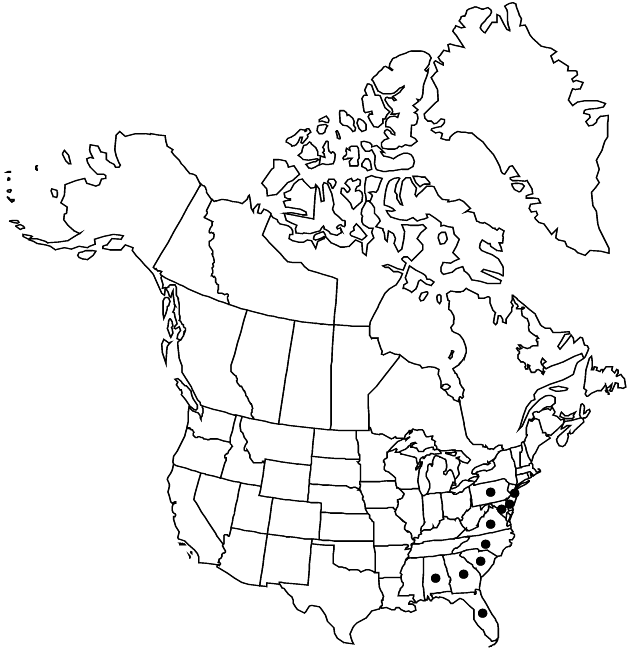Difference between revisions of "Solidago tarda"
Man. S.E. Fl., 1355, 1509. 1933.
FNA>Volume Importer |
imported>Volume Importer |
||
| (One intermediate revision by the same user not shown) | |||
| Line 6: | Line 6: | ||
|place=1355, 1509. 1933 | |place=1355, 1509. 1933 | ||
|year=1933 | |year=1933 | ||
| + | }} | ||
| + | |special_status={{Treatment/ID/Special_status | ||
| + | |code=E | ||
| + | |label=Endemic | ||
}} | }} | ||
|basionyms= | |basionyms= | ||
| Line 45: | Line 49: | ||
|publication title=Man. S.E. Fl., | |publication title=Man. S.E. Fl., | ||
|publication year=1933 | |publication year=1933 | ||
| − | |special status= | + | |special status=Endemic |
| − | |source xml=https:// | + | |source xml=https://bitbucket.org/aafc-mbb/fna-data-curation/src/2e0870ddd59836b60bcf96646a41e87ea5a5943a/coarse_grained_fna_xml/V19-20-21/V20_275.xml |
|tribe=Asteraceae tribe Astereae | |tribe=Asteraceae tribe Astereae | ||
|genus=Solidago | |genus=Solidago | ||
Latest revision as of 21:01, 5 November 2020
Plants 0–180 cm, caudex or slender rhizomes. Stems 1–5+, glabrous, sparsely strigose in arrays. Leaves: basal petiolate; blades broadly elliptic to ovate, 100–350 × 60–120 mm (including petioles), bases truncate to obtuse, apices acute to acuminate, margins sharply serrate, glabrous; distal cauline blades spreading to ascending, linear-elliptic, 30–50 × 6–15 mm. Heads 25–50+, in elongate, paniculiform arrays, proximal branches recurved-secund, sometimes elongate. Peduncles 1.5–3 mm, glabrate to moderately short hispido-strigose, bracteoles 1–5, linear-lanceolate grading into phyllaries. Involucres campanulate, (4.5–)5–7 mm (much exceeded by pappi). Phyllaries in 3–4 series, linear-lanceolate, strongly unequal. Ray florets 4–9; laminae 4–5 × 1.5–2.5 mm. Disc florets 9–11; corollas 4–5 mm, lobes ca. 1.5 mm. Cypselae (brown, ribs dark brown) 3 mm, sparsely short-strigose; pappi 3–4 mm. 2n = 54.
Phenology: Flowering Sep–Oct.
Habitat: Sandy soils in xeric places
Elevation: 0–200 m
Distribution

Ala., Del., Fla., Ga., Md., N.J., N.C., Pa., S.C., Va.
Discussion
Solidago tarda requires a more xeric environment than S. arguta; it is found mostly on coastal plains. A. Cronquist (1980, citing G. H. Morton, pers. comm.) noted that some plants from northern Florida and southern Georgia had narrower, basally more tapering proximal leaves; some of those plants were tetraploid. The proper taxonomic status of those plants is uncertain.
Selected References
None.